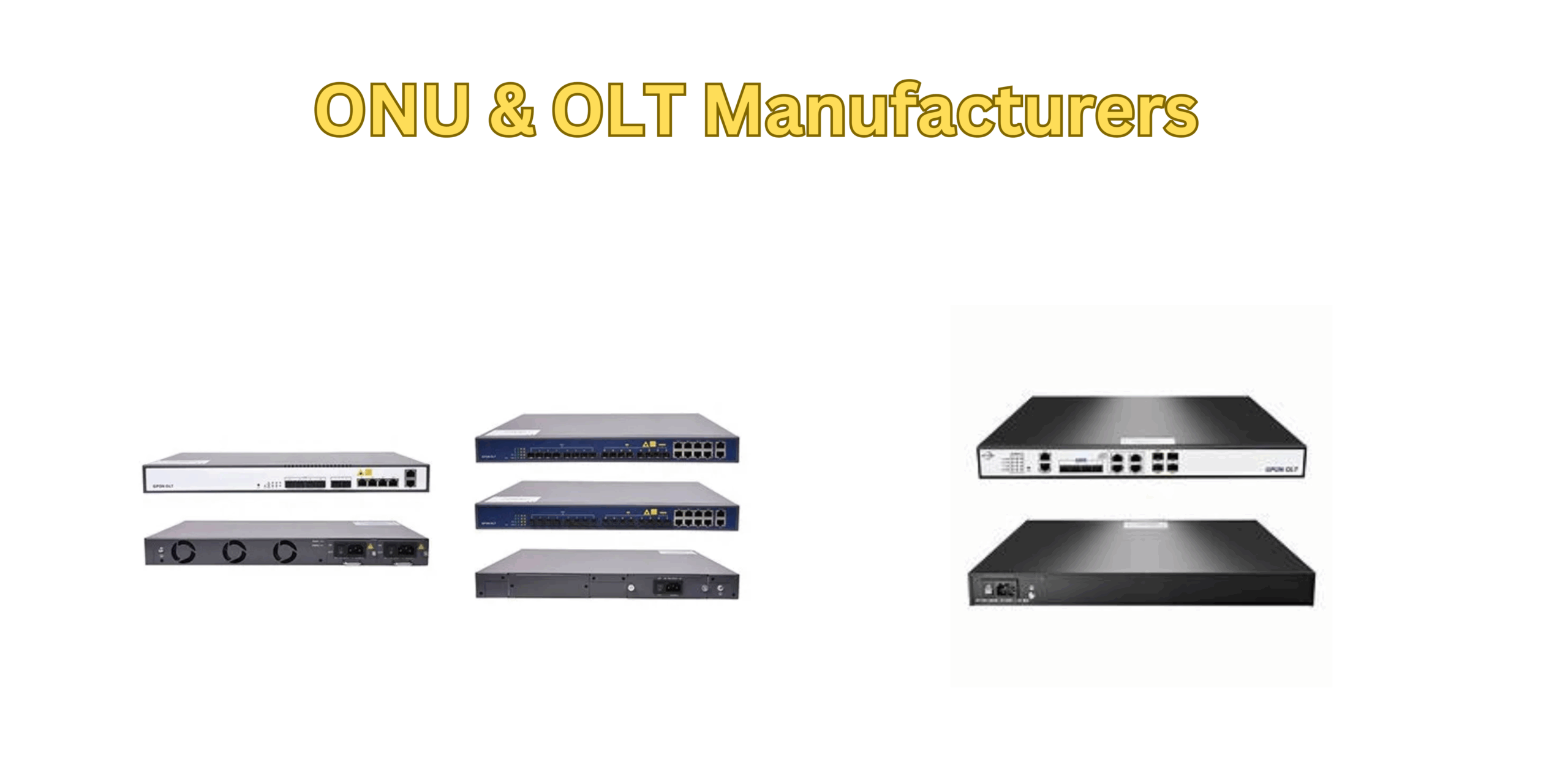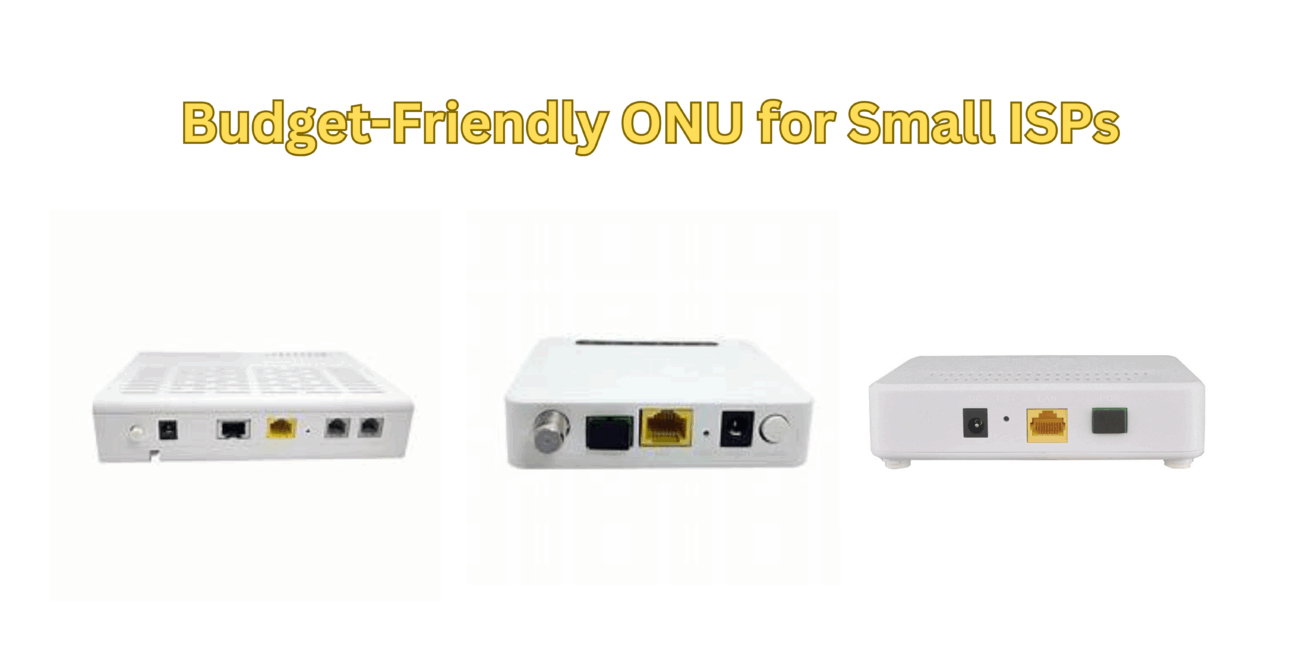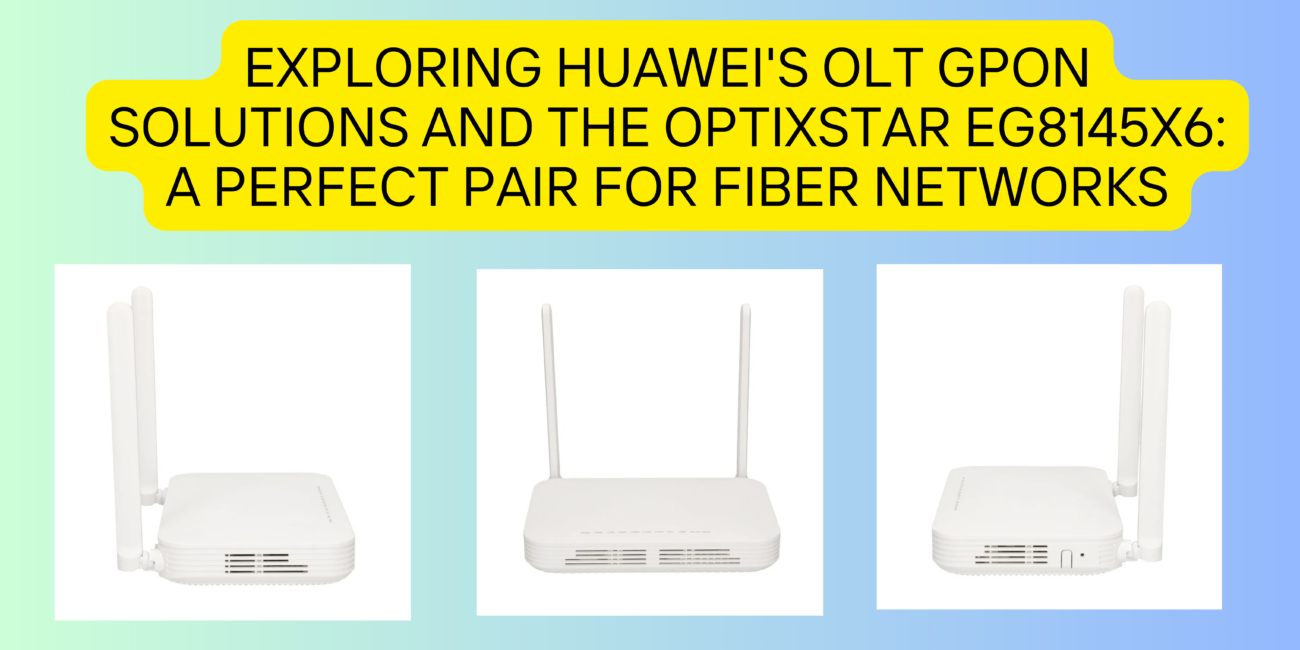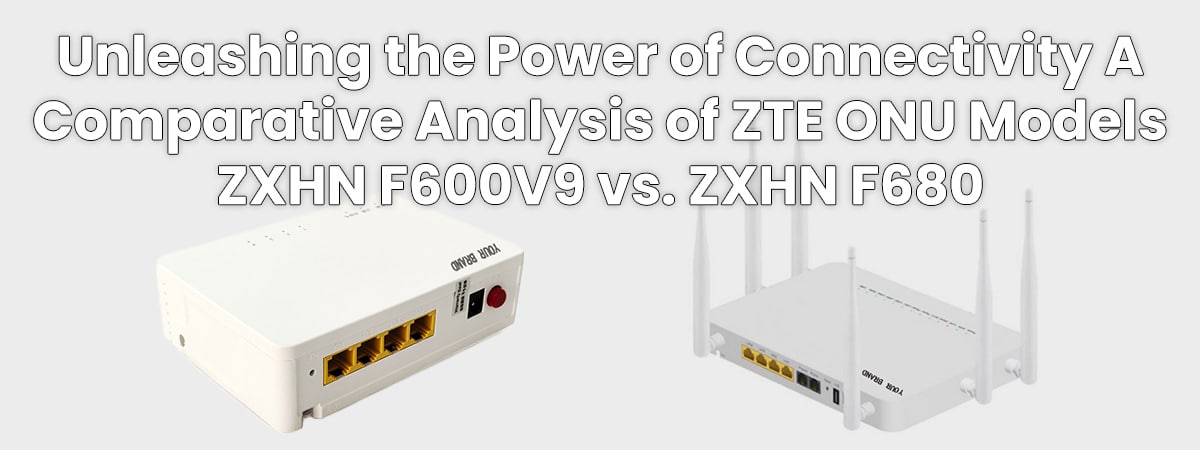In the rapidly evolving telecommunications landscape, Optical Network Units (ONU) and Optical Line Terminals (OLT) ONU & OLT are pivotal components of Gigabit Passive Optical Networks (GPON). As the demand for high-speed internet escalates, understanding the leading manufacturers in this sector and their market shares becomes essential.
Understanding GPON Technology: ONU & OLT
GPON technology enables broadband service delivery through fiber-optic cables, offering high-speed internet, voice, and video services to both residential and commercial users. The architecture comprises:
- Optical Line Terminal (OLT): Located at the service provider’s central office, the OLT distributes data to multiple ONUs and manages network traffic.
- Optical Network Unit (ONU): Positioned at the end-user’s premises, the ONU converts optical signals back to electrical signals for device compatibility.
Global Market Landscape of FTTH ONU & OLT Products
The GPON market has witnessed exponential growth due to increasing broadband penetration, smart city initiatives, and rising demand for high-speed internet. As of 2023, the market size was valued at approximately $6.7 billion, with projections indicating it could reach $12.9 billion by 2032. This reflects a Compound Annual Growth Rate (CAGR) of 7.49% over the forecast period.
Several factors drive this growth:
- The expansion of fiber-to-the-home (FTTH) deployments.
- The increasing adoption of 10G-PON and XGS-PON for higher bandwidth demands.
- Government investments in broadband infrastructure to enhance connectivity in rural and urban areas.
Leading ONU & OLT Manufacturers and Their Market Shares
1. Huawei Technologies
- Market Position: Huawei dominates the GPON market with a global revenue share of around 36%.
- Product Portfolio: The company offers a wide range of ONU & OLT products supporting GPON, XG-PON, and XGS-PON technologies.
- Competitive Advantage: Huawei benefits from its strong R&D investments and strategic collaborations with global telecom providers.
Despite geopolitical challenges, Huawei continues to lead due to its high-quality solutions, cost efficiency, and extensive service network.
2. ZTE Corporation
- Market Position: ZTE holds the second-largest share, accounting for approximately 22% of the global PON market.
- Product Portfolio: ZTE provides end-to-end GPON solutions, including high-performance OLTs and ONUs.
- Competitive Advantage: The company’s rapid adoption of 10G-PON has strengthened its market position, especially in Asia-Pacific and Europe.
ZTE’s focus on developing intelligent OLT solutions and automation in FTTH deployments has helped it maintain a strong foothold.
3. Nokia Corporation
- Market Position: Nokia ranks third, capturing approximately 20% of the global PON equipment market.
- Product Portfolio: Nokia offers ONU & OLT solutions under its Lightspan and Quillion chipset-based platforms.
- Competitive Advantage: Nokia’s focus on cloud-native solutions and next-generation PON networks has enhanced its reputation in North America and Europe.
The acquisition of Alcatel-Lucent helped Nokia bolster its portfolio, particularly in carrier-grade broadband solutions.
4. ADVA Optical Networking
- Market Position: ADVA has a significant presence in the European GPON market.
- Product Portfolio: ADVA specializes in wavelength division multiplexing (WDM) and carrier Ethernet access solutions.
- Competitive Advantage: ADVA’s expertise in ultra-low latency networks makes it a preferred choice for 5G backhaul and enterprise networking.
The company’s focus on high-speed, low-power optical networking solutions helps it cater to large-scale deployments.
5. Calix Inc.
- Market Position: Calix is a leading player in North America, particularly in rural broadband deployments.
- Product Portfolio: The company provides GPON and 10G-PON OLT solutions, known for their scalability and ease of management.
- Competitive Advantage: Calix has gained traction among tier-2 and tier-3 service providers due to its software-defined access (SDA) networks.
Calix’s approach to integrating cloud-based analytics with GPON infrastructure has positioned it as an innovator in the industry.
6. Cisco Systems, Inc.
- Market Position: Cisco holds a niche position in GPON, focusing on enterprise networking and service provider solutions.
- Product Portfolio: Cisco’s ASR 9000 Series Routers support GPON aggregation for broadband networks.
- Competitive Advantage: Cisco’s expertise in software-defined networking (SDN) and network automation sets it apart.
Although Cisco’s market share in PON is smaller than Huawei, ZTE, and Nokia, its solutions are widely used in hybrid fiber networks.
7. ADTRAN, Inc.
- Market Position: ADTRAN is a significant player in the North American GPON market, competing with Calix and Nokia.
- Product Portfolio: The Total Access 5000 GPON OLT is one of ADTRAN’s key offerings, known for scalability and performance.
- Competitive Advantage: ADTRAN’s emphasis on open networking standards and multi-gigabit broadband solutions has strengthened its market presence.
ADTRAN is at the forefront of 10G-PON adoption, particularly in rural broadband projects.
8. FiberHome Telecommunication Technologies
- Market Position: FiberHome is a dominant player in the Chinese GPON market and expanding globally.
- Product Portfolio: The AN6000 series GPON OLT is one of FiberHome’s flagship products.
- Competitive Advantage: Strong backing from the Chinese government and partnerships with state-owned telecom operators have fueled its growth.
FiberHome continues to expand its presence in Southeast Asia, Latin America, and Africa, where fiber broadband adoption is increasing.
Key Market Trends Shaping the Future
1. Surge in Demand for 10G-PON and Beyond ONU & OLT
As bandwidth consumption grows, 10G-PON, XGS-PON, and NG-PON2 are emerging as the preferred choices for telecom operators. Leading manufacturers such as Huawei, ZTE, and Nokia are investing heavily in these technologies.
2. Expansion of 5G Networks and Fiber Backhaul
GPON technology plays a crucial role in providing high-capacity fiber backhaul for 5G networks. This has increased investments in ONU & OLT solutions to support low-latency, high-bandwidth applications.
3. Government-Led Initiatives for Broadband Expansion
Many governments are investing in fiber-optic networks to bridge the digital divide. Countries like India, Brazil, and the United States are accelerating FTTH deployments through subsidies and infrastructure development programs.
4. Growing Adoption of Software-Defined Access Networks
Software-defined networking (SDN) is revolutionizing the GPON market by improving network automation, scalability, and flexibility. Cisco, ADTRAN, and Nokia are at the forefront of SDN-driven GPON architectures.
Conclusion
The GPON market continues to expand, driven by increasing broadband penetration, the shift towards 10G-PON, and the growth of 5G backhaul networks. Leading ONU & OLT manufacturers such as Huawei, ZTE, Nokia, and Calix are shaping the future of fiber-optic communications.
As global connectivity demands rise, GPON solutions will remain at the core of high-speed broadband infrastructure, ensuring seamless, ultra-fast internet for businesses and households alike.





